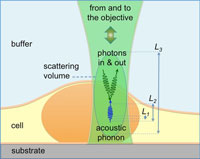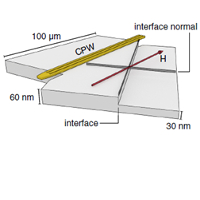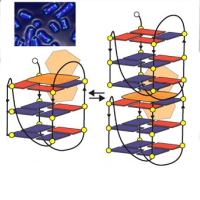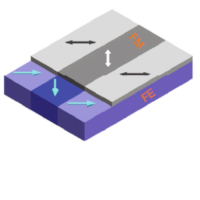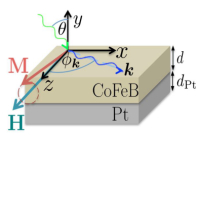Collective spin 1 singlet phase in high-pressure oxygen
| Title | Collective spin 1 singlet phase in high-pressure oxygen |
| Publication Type | Journal Article |
| Year of Publication | 2014 |
| Authors | Crespo, Y, Fabrizio, M, Scandolo, S, Tosatti, E |
| Journal | Proceedings of the National Academy of Sciences of the United States of America |
| Volume | 111 |
| Pagination | 10427–10432 |
| ISSN | 0027-8424 |
| Keywords | density functional, IR modes, molecular magnetism, Raman modes, tetramer |
| Abstract | Oxygen, one of the most common and important elements in nature, has an exceedingly well-explored phase diagram under pressure, up to and beyond 100 GPa. At low temperatures, the low-pressure antiferromagnetic phases below 8 GPa where O-2 molecules have spin S = 1 are followed by the broad apparently nonmagnetic epsilon phase from about 8 to 96 GPa. In this phase, which is our focus, molecules group structurally together to form quartets while switching, as believed by most, to spin S = 0. Here we present theoretical results strongly connecting with existing vibrational and optical evidence, showing that this is true only above 20 GPa, whereas the S = 1 molecular state survives up to about 20 GPa. The epsilon phase thus breaks up into two: a spinless epsilon(0) (20-96 GPa), and another epsilon(1) (8-20 GPa) where the molecules have S = 1 but possess only short-range antiferromagnetic correlations. A local spin liquid-like singlet ground state akin to some earlier proposals, and whose optical signature we identify in existing data, is proposed for this phase. Our proposed phase diagram thus has a first-order phase transition just above 20 GPa, extending at finite temperature and most likely terminating into a crossover with a critical point near 30 GPa and 200 K. |
| DOI | 10.1073/pnas.1404590111 |

